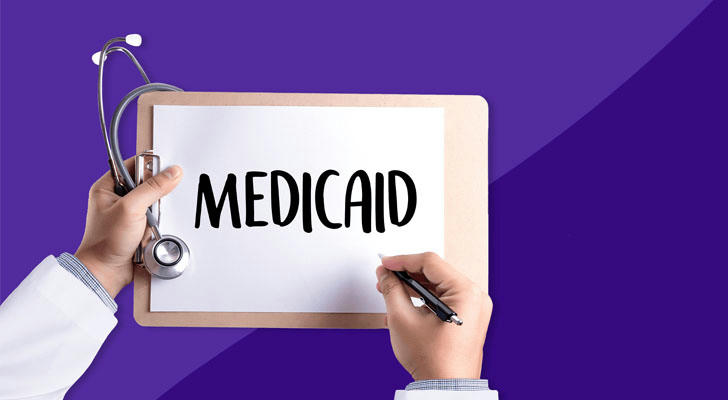🏥 Understanding Medicaid in the U.S.: A Practical Guide for Low-Income Individuals and Families
Medicaid is a public health insurance program designed to help individuals and families with limited income access essential medical care. Operated jointly by the federal and state governments, Medicaid covers over 85 million Americans as of 2025, according to the Centers for Medicare & Medicaid Services (CMS). Whether you're unemployed, underemployed, pregnant, disabled, or simply struggling to afford private insurance, Medicaid could be a critical bridge to affordable and reliable healthcare.

✅ Who Is Eligible for Medicaid?
Eligibility depends largely on your income, family size, disability status, and the state you live in. Each state has its own Medicaid rules and income thresholds, but most programs prioritize:
・Adults earning below a certain income (based on the Federal Poverty Level)
・Pregnant women
・Children and teenagers
・People with disabilities
・Low-income seniors
To find out if you're eligible, you can visit HealthCare.gov or your state’s Medicaid website for a quick screening tool.
💡 What Services Are Covered?
Medicaid covers a wide range of services, often at little or no out-of-pocket cost, including:
・Doctor visits and hospital stays
・Emergency care
・Prescription drugs
・Prenatal and maternity care
・Mental health services
・Vaccinations and preventive screenings
・Long-term care (in some cases)
In many states, additional services may also be included, such as dental, vision, or even transportation to medical appointments. However, coverage can vary significantly, so it’s important to check your state’s specific program.
👉 Need help? You can find out what services are included in your state by visiting your state’s Medicaid websiteor by calling the state’s Medicaid hotline. Some states provide extras like acupuncture, hearing aids, or extended mental health care.
📝 How to Apply for Medicaid
Applying for Medicaid is easier than many think. Here’s a simplified step-by-step guide:
1.Gather your documents: income proof, ID, Social Security number, and household size.
2.Apply online at your state’s Medicaid portal or through HealthCare.gov.
3.Submit required documents electronically or by mail.
4.Wait for approval, which can take anywhere from a few days to several weeks.
5.If approved, you'll receive a Medicaid card with your coverage start date and assigned healthcare provider (in managed care states).
📌 Real-Life Example: Maria’s Story
Maria, a 28-year-old part-time retail worker in Texas, became pregnant and feared the high cost of prenatal care. Earning under $18,000 a year, she qualified under Texas’s pregnancy Medicaid program. After submitting her income verification through a local clinic, she received her Medicaid approval within 10 days. It covered her checkups, delivery, and postpartum care — ensuring both she and her baby received proper medical attention without financial strain.

💬 Why Medicaid Matters
Medical debt is one of the top causes of personal bankruptcy in the U.S. For many low-income individuals, Medicaid can mean the difference between skipping care and receiving essential, even life-saving, treatment. Beyond health coverage, it offers peace of mind — allowing recipients to focus on recovery rather than bills.
🧠 Frequently Asked Questions (FAQ)
Q1: Can I apply for Medicaid if I already have a job? Yes. Many working adults with low income still qualify for Medicaid, especially if their employer doesn’t offer health insurance.
Q2: Does Medicaid cover dental or vision care? It depends on your state. Most states provide these services for children; some offer them for adults as well.
Q3: How often do I need to renew Medicaid? Typically once a year, but your state will notify you when it's time to renew or reverify your eligibility.
Q4: What if I get denied? You can file an appeal. Check your denial letter for steps and deadlines for the appeals process.
Q5: Is Medicaid the same in every state? No. While federal guidelines exist, each state manages its own Medicaid program and may differ in coverage, eligibility, and processes.
Q6: How can I check if I’m eligible for Medicaid? Use the screening tool on HealthCare.gov or your state Medicaid website. These tools typically ask about your income, family size, and location.
📣 Final Tip: Even if you think you don’t qualify, it’s worth checking. Many people are surprised to learn that they’re eligible for some form of Medicaid assistance — especially those with children, recent job loss, or part-time income.
